Disclosure: This article contains affiliate links. We may earn a commission from purchases at no extra cost to you, which helps our travel content.
Standing alone beneath the dancing emerald lights of the aurora borealis, surrounded by nothing but pristine snow and the whispered secrets of ancient Arctic forests, I experienced a profound educational moment no classroom could replicate. Finnish Lapland, with its otherworldly landscapes and rich indigenous heritage, offers solo travelers an unparalleled opportunity to engage in what I call 'environmental immersion learning' – where the land itself becomes your most profound teacher. As someone who has studied educational environments across five continents, I can attest that few places offer such a perfect intersection of adventure, cultural wisdom, and personal growth as winter in Lapland. This remote northern frontier isn't just a destination; it's a masterclass in resilience, sustainability, and the delicate relationship between humans and nature that has evolved over thousands of years. Join me as I share how to navigate this magical winter wilderness as an independent traveler, with strategies for meaningful cultural exchange and practical survival skills that transform a simple vacation into a life-altering educational journey.
Preparing for Arctic Conditions: A Solo Traveler's Survival Guide
Let me be clear: winter in Finnish Lapland is not merely cold—it's an environmental extreme that demands both respect and preparation. During my research visits to remote schools in Inari, temperatures regularly plunged to -30°C (-22°F), transforming the simple act of breathing into a conscious exercise. Yet it's precisely this environmental intensity that creates such powerful learning opportunities.
The foundation of any successful Lapland adventure is appropriate gear. While I typically advocate for minimalist packing, this is one destination where cutting corners can have serious consequences. Your outer layer should include a heavyweight, expedition-quality down parka that extends below your hips. Beneath this fortress, employ a strategic layering system: merino wool base layers, a mid-weight fleece, and water-resistant snow pants.
Extremity protection deserves special attention. Your hands will require a dual-system approach: thin liner gloves for camera operation or phone use, covered by insulated mittens (mittens outperform fingered gloves in extreme cold). For footwear, invest in proper Arctic boots rated to at least -40°C, worn with wool socks and toe warmers during extended outdoor activities.
What's often overlooked in winter travel literature is the impact of extreme cold on technology. Batteries drain exponentially faster, and condensation forms when moving between temperature extremes. I've developed a system of keeping spare camera batteries in an interior pocket against body heat, rotating them when needed. Additionally, place cameras and phones in sealed bags before bringing them indoors to prevent damaging condensation.
Perhaps most critical for the solo traveler is communication redundancy. The Finnish mobile network is excellent, but in remote areas, consider renting a satellite communicator as backup. During my paragliding expedition near Kilpisjärvi, my satellite messenger proved invaluable when unexpected weather moved in and I needed to communicate my changed location to my accommodation host.

💡 Pro Tips
- Pack hand and toe warmers for extended aurora viewing sessions
- Keep electronics and batteries close to your body to prevent rapid drainage
- Always inform your accommodation of your daily plans when venturing into remote areas
Aurora Hunting: Science, Patience, and Solitude
The northern lights represent far more than a tourist attraction—they're a profound intersection of atmospheric science, indigenous cosmology, and human wonder. As a solo traveler, aurora hunting offers a rare opportunity to experience both scientific phenomena and deep solitude simultaneously.
During my week in Utsjoki, Finland's northernmost municipality, I developed a methodical approach to aurora viewing that maximizes success probability while minimizing frustration. First, understand that the aurora is fundamentally unpredictable. While forecasting apps provide useful data on solar activity, local weather conditions ultimately determine visibility. I've found the Aurora Alert app particularly reliable for Finnish Lapland, as it integrates both KP-index predictions and local cloud cover data.
Location selection requires strategic thinking. While many travelers stay near larger settlements like Rovaniemi, I recommend pushing further north to places like Inari, Utsjoki, or Kilpisjärvi. These locations offer three advantages: higher geographic latitude (meaning more aurora activity), less light pollution, and proximity to interesting microenvironments that create unique viewing opportunities.
My most successful aurora experiences have come from identifying what I call 'composition sites' during daylight hours—locations with interesting foreground elements like frozen lakes, isolated trees, or snow-covered fells that transform a simple sky display into a compelling visual narrative. Mark these locations on your map, then return after dark.
As a solo traveler, safety during aurora hunting requires additional consideration. Always carry a headlamp with both white and red light modes (red preserves night vision), extra batteries, hot beverages in an insulated flask, and emergency warming supplies. I establish a personal rule: for every hour I plan to be outside, I bring supplies for three.
The most transformative aspect of solo aurora hunting is the psychological dimension. There's a profound educational value in the patience it demands—sometimes waiting hours in silence, with no guarantee of success. This practice of patient observation, what Finnish educators might call 'luonnon lukeminen' (reading nature), develops observational skills that transfer to many other domains of learning and living.
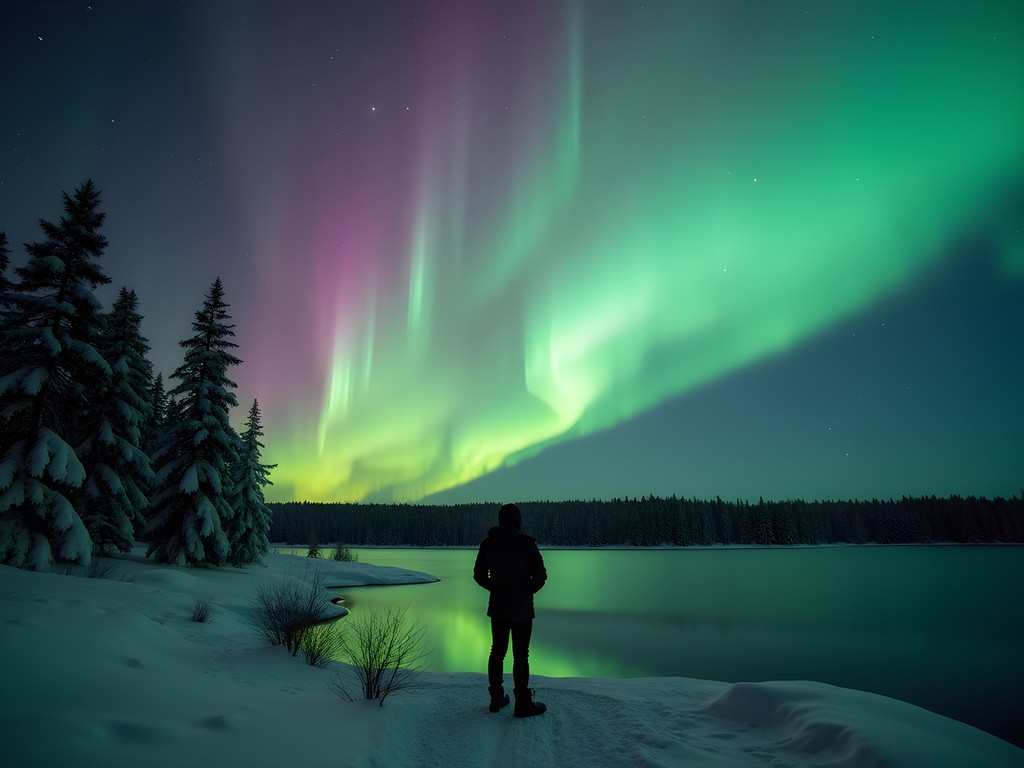
💡 Pro Tips
- Set up your camera equipment before darkness falls to avoid fumbling in the cold
- Use the 'Weather Forecast' section in aurora apps to identify clear sky windows
- Bring a lightweight insulated sitting pad to prevent heat loss during long viewing sessions
Wilderness Mobility: Navigating the Arctic Landscape
The true essence of Lapland reveals itself when you venture beyond populated areas, but wilderness mobility presents unique challenges for solo travelers. During my educational research expeditions, I've tested various transportation methods, each offering distinct advantages for independent exploration.
Cross-country skiing represents the most authentic and historically significant mode of winter travel in Lapland. Rather than downhill skiing's adrenaline focus, cross-country is about rhythmic movement through landscape—what Finns call 'hiihtofiilis' (skiing feeling), a meditative state similar to what runners call 'flow.' For beginners, I recommend starting with guided lessons in Saariselkä or Ylläs before attempting solo excursions. The learning curve is steep but rewarding; within three days of practice, I progressed from awkward stumbling to confidently traversing forest trails.
Snowshoeing offers a more accessible alternative requiring minimal technical skill. Modern aluminum snowshoes with aggressive crampons allow exploration of varied terrain, from dense forests to open fells. During my research in Pyhä-Luosto National Park, snowshoes allowed me to reach remote areas where I could document ice formations and animal tracks with my students via virtual exchange.
For longer distances, snowmobiles provide efficient transportation, though I recommend guided tours rather than rental for solo travelers unfamiliar with these powerful machines. The environmental educator in me must note their ecological impact—consider balancing their use with human-powered exploration.
Perhaps the most magical mobility experience comes through husky safaris. Beyond the tourist-brochure appeal, working with sled dogs offers profound insights into human-animal partnerships that shaped Arctic survival for centuries. During my three-day husky expedition from Hetta to the Norwegian border, I gained tremendous respect for these animals' intelligence and endurance.
For solo travelers concerned about safety, Finland's national parks offer marked winter trails and wilderness huts—public shelters where travelers can warm up or even overnight. The Lapland parks app provides offline maps marking these critical resources. Before any solo wilderness excursion, I recommend filing a trip plan with your accommodation provider, including your intended route and expected return time.
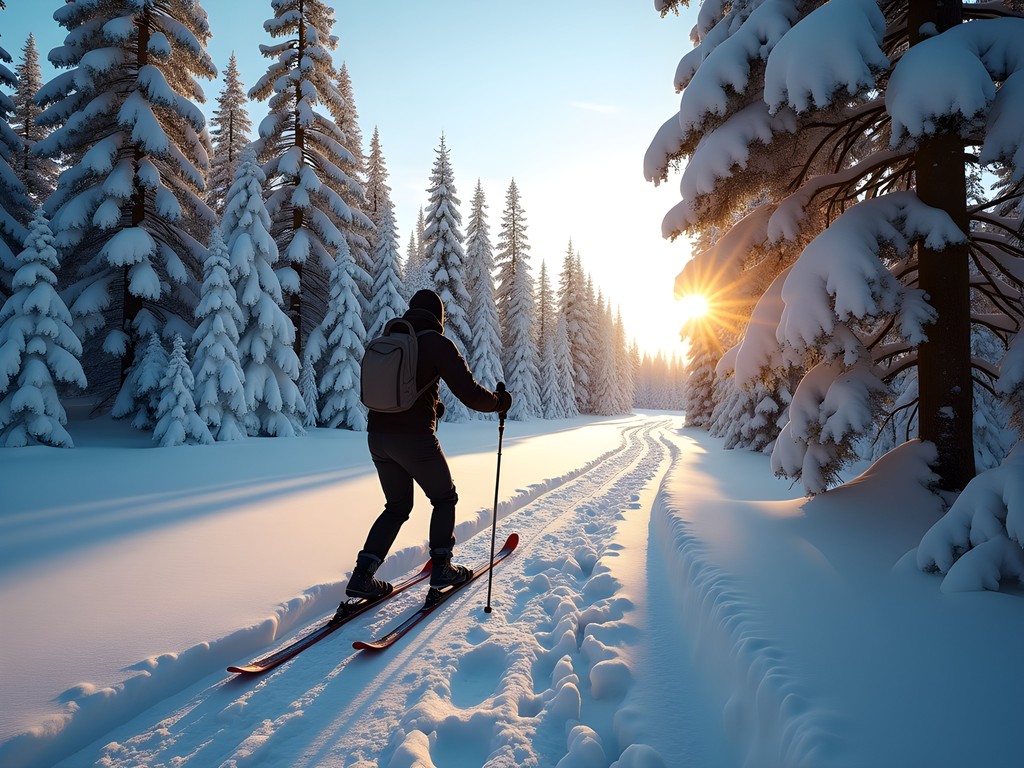
💡 Pro Tips
- Rent equipment for at least two consecutive days to allow for learning adjustment
- Always carry a paper map as backup to digital navigation tools
- Learn basic Finnish phrases related to directions and emergency situations
Unique Accommodations: From Glass Igloos to Wilderness Cabins
Where you rest your head in Lapland becomes an integral part of the educational experience, not merely a practical necessity. As someone who studies learning environments professionally, I've found that Lapland's unique accommodations offer powerful lessons in architectural adaptation to extreme conditions and sustainable design principles.
The glass igloos of Kakslauttanen and similar resorts have become iconic symbols of Lapland tourism, offering the tantalizing possibility of witnessing the aurora from your bed. During my stay at Aurora Village in Ivalo, I experienced both the magic and limitations of these structures. The thermal glass engineering is impressive, maintaining comfort despite outside temperatures of -25°C, but understand that condensation can sometimes obscure views during temperature fluctuations. For photographers, note that shooting through the glass introduces reflections and distortions—you'll still want to venture outside for quality aurora images.
For a more authentic experience that connects with Lapland's cultural heritage, consider a stay in a traditional log cabin or 'mökki.' These wooden structures, often heated by wood-burning stoves, offer practical lessons in sustainable living. Learning to properly manage a fire, conserve water (many remote cabins have limited supply), and minimize waste creates a natural framework for understanding resource conservation. During my week in a wilderness cabin near Muonio, I documented how this simplified living environment fostered deeper connection with natural rhythms—waking with daylight, sleeping with darkness, and planning activities around weather patterns.
Perhaps the most educational accommodations are the various ice and snow structures found throughout Lapland. My night at the SnowHotel in Kemi was a masterclass in human adaptation and thermal physics. Despite sleeping on an ice bed (with proper insulation layers), I remained surprisingly comfortable due to the counterintuitive insulating properties of snow. The silence within these structures is profound—creating an acoustic environment conducive to deep reflection.
For solo travelers seeking both adventure and safety, I recommend a hybrid approach: book a comfortable 'base camp' accommodation in a settlement like Inari or Saariselkä, then intersperse your stay with overnight experiences in more remote or unique structures. This provides security while still allowing for immersive experiences.
Regardless of accommodation type, I suggest bringing a lightweight sleeping bag liner for both hygiene and additional warmth in variable conditions. This simple addition has improved my sleeping comfort immeasurably across diverse Lapland accommodations.
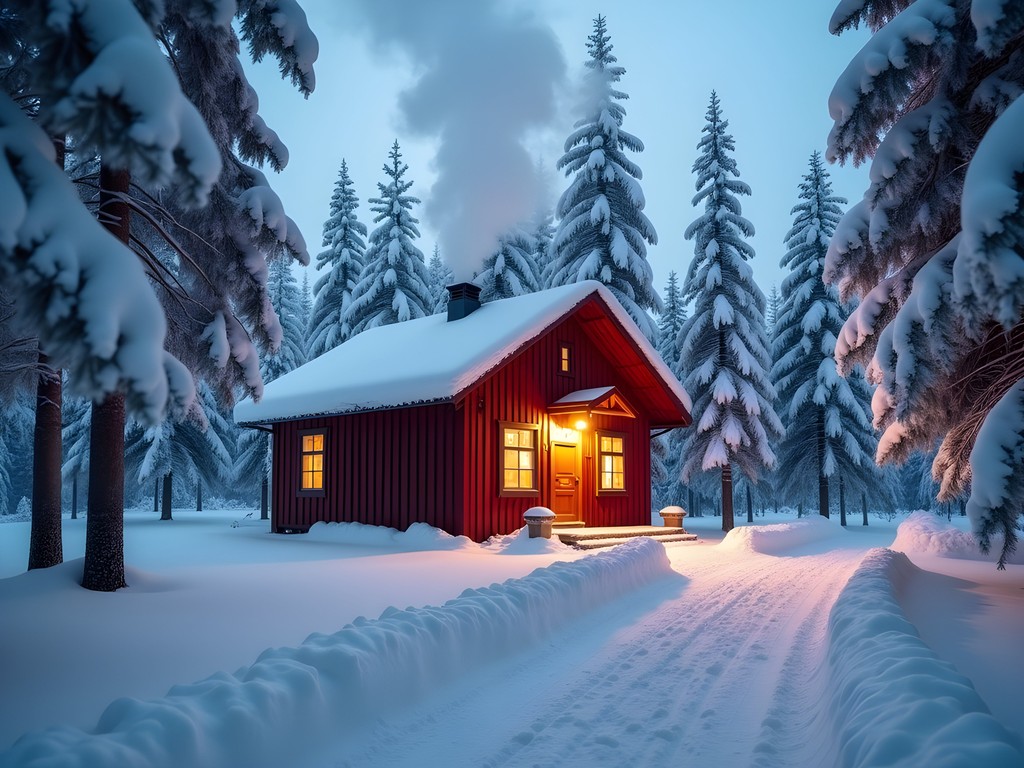
💡 Pro Tips
- Book glass igloos at least 6 months in advance for winter visits
- Request accommodations away from artificial light sources for better aurora viewing
- In cabins with wood heat, add a log before sleeping for consistent overnight temperature
Engaging with Sámi Culture: Respect, Learning, and Exchange
As an education administrator who has implemented cross-cultural exchange programs globally, I approach indigenous cultural experiences with particular intentionality. The Sámi—the European Union's only recognized indigenous people—have inhabited northern Fennoscandia for thousands of years, developing sophisticated knowledge systems perfectly adapted to Arctic conditions. For the solo traveler seeking deeper understanding, engaging with Sámi culture offers profound insights, but requires an approach grounded in respect and reciprocity.
Begin your cultural education before arrival through thoughtful reading. I found The Sámi People particularly valuable for understanding historical context and contemporary issues. This background knowledge transforms subsequent in-person experiences from passive consumption to meaningful exchange.
The Siida Museum in Inari serves as an excellent orientation to Sámi history, culture, and environmental knowledge. During my visit, I was struck by the sophisticated ecological understanding embedded in traditional practices—from reindeer herding rotations that prevent overgrazing to the linguistic precision used to describe snow conditions (the Sámi languages have hundreds of snow-related terms, each conveying specific information relevant to survival).
For deeper engagement, seek out cultural experiences led by Sámi people themselves rather than those merely featuring Sámi elements. In Inari, I participated in a traditional duodji (handicraft) workshop led by a Sámi artist who shared not just techniques but the cultural significance and sustainability principles embedded in each design element. Similarly, when visiting a reindeer farm near Karasjok (just across the Norwegian border), I chose an operation owned and narrated by a Sámi family rather than those offering only the 'tourist version' of reindeer experiences.
As a solo traveler, I've found that genuine questions asked from a position of humility open doors to meaningful exchange. When I expressed sincere interest in how traditional knowledge is being adapted to climate change challenges, several Sámi educators shared insights that profoundly influenced my own thinking about adaptive education models.
Critically important: approach photography with particular sensitivity. Always request permission before photographing Sámi individuals, especially those wearing traditional gákti (cultural dress). The colorful gákti is not a costume but contains specific information about family lineage and regional identity—it deserves appropriate respect.
Finally, consider how you can practice reciprocity in cultural exchange. Beyond financial transactions, share something authentic from your own knowledge or experience when appropriate. When visiting a Sámi school, I offered insights from my educational research in exchange for their generous sharing of cultural knowledge—creating a more balanced learning relationship.
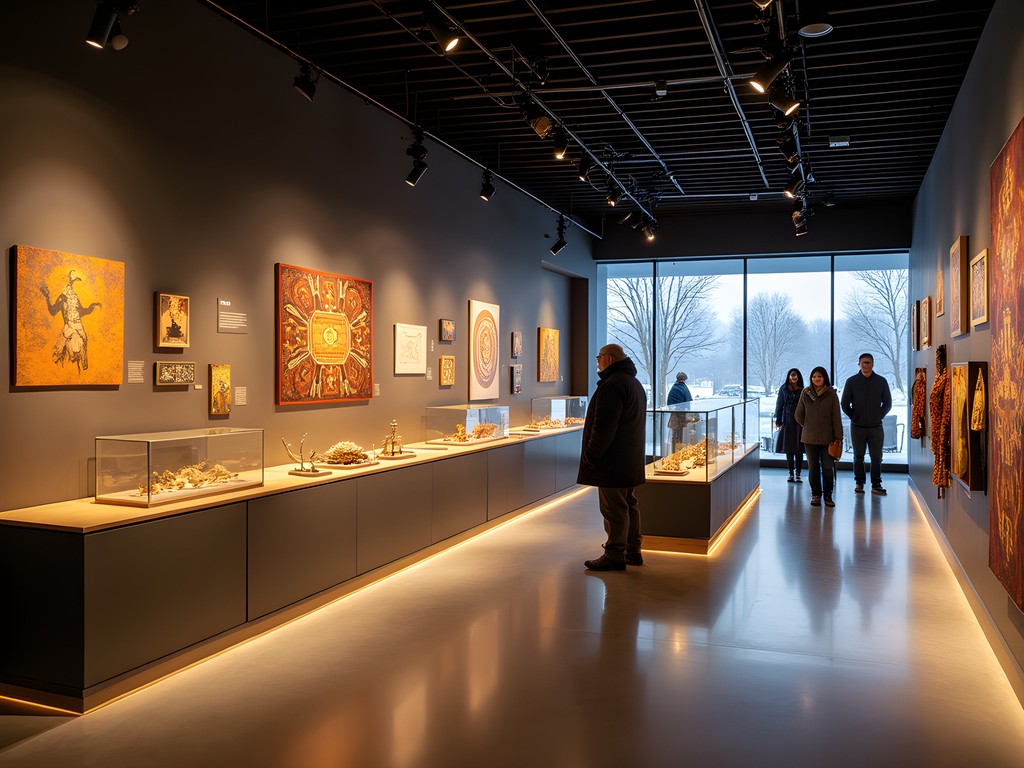
💡 Pro Tips
- Visit the Sajos Sámi Cultural Centre in Inari for authentic cultural programming
- Learn basic greetings in Northern Sámi language as a sign of respect
- Purchase handicrafts directly from Sámi artisans rather than gift shops when possible
Final Thoughts
As I stood at the summit of Saana Fell near Kilpisjärvi on my final morning in Lapland, watching the brief winter sun paint the snow-covered landscape in shades of pink and gold, I reflected on how this Arctic journey had transformed me. Solo travel in Finnish Lapland isn't merely about witnessing extraordinary natural phenomena or collecting unique experiences—it's an immersive education in resilience, environmental wisdom, and the profound human capacity for adaptation. The skills you'll develop here—from practical arctic survival techniques to cultural navigation across ancient traditions and modern realities—will serve you far beyond this northern landscape. Whether you're tracking the dancing lights above, mastering the rhythmic glide of cross-country skis, or engaging in meaningful exchange with Sámi knowledge-keepers, Lapland offers solo travelers an unparalleled opportunity for both outward exploration and inward growth. I invite you to approach this remarkable region not just as a destination, but as a classroom without walls—where the land, the people, and even the challenging conditions become your most profound teachers.
✨ Key Takeaways
- Proper preparation for Arctic conditions is non-negotiable for safe solo travel
- Balance planned activities with unstructured time for aurora viewing and spontaneous discovery
- Seek authentic cultural exchanges that respect and support Sámi communities
- The educational value of Lapland extends far beyond its Instagram-worthy scenery
📋 Practical Information
Best Time to Visit
Late January through March for optimal combination of aurora conditions and increasing daylight
Budget Estimate
$2,000-3,500 for one week excluding international flights
Recommended Duration
Minimum 7 days, ideally 10-14 days
Difficulty Level
Challenging
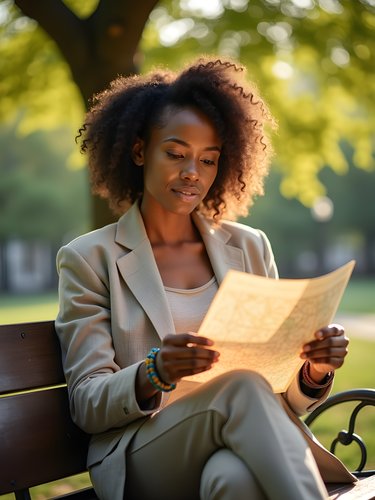
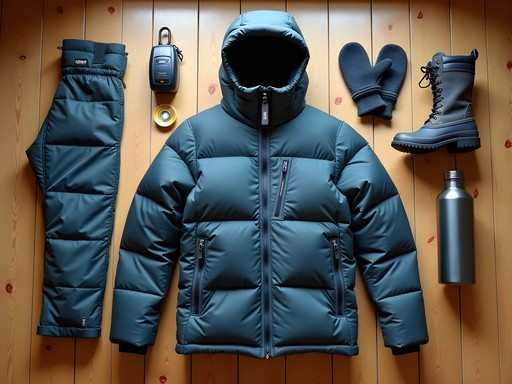
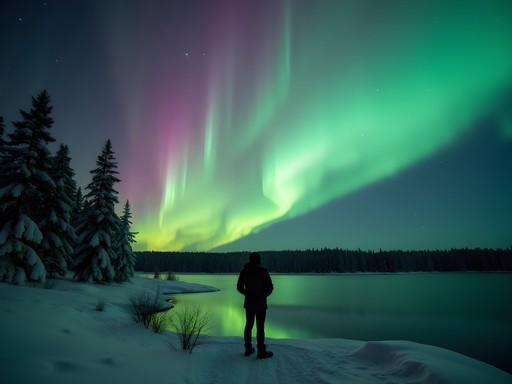
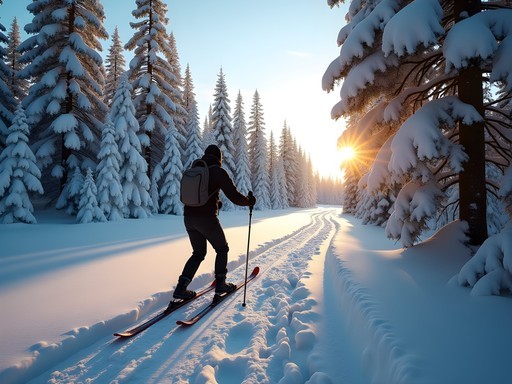
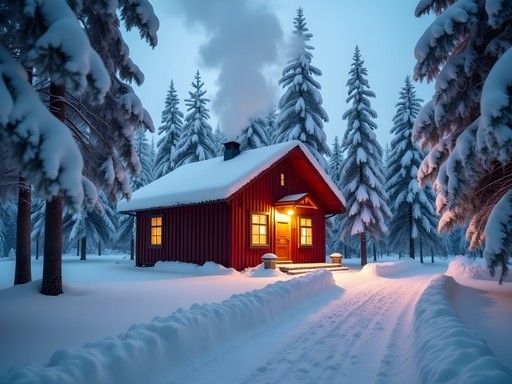
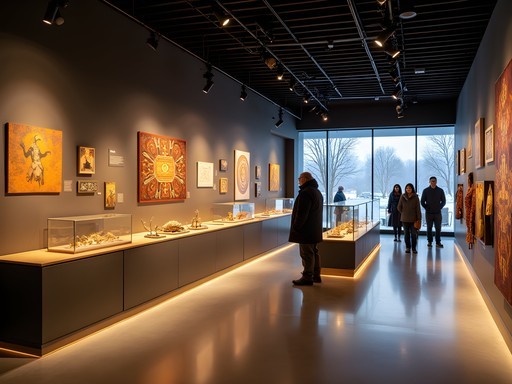


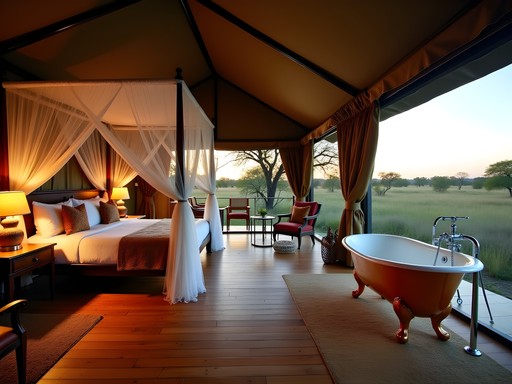







Comments
winterwalker
OMG THOSE GLASS IGLOOS! Just booked one for my trip in November after reading this! Cannot wait to see the northern lights from bed (fingers crossed). Anyone know if the husky sledding is worth the price? Seems expensive but looks amazing in all the photos!
sunnybackpacker
DO THE HUSKY SLEDDING! Seriously one of the most exhilarating experiences of my life. The dogs are so happy and energetic, it's infectious. Just book early - the good operators sell out fast.
redmood
That shot from Saana Fell is stunning! Did you need a guide to hike there in winter or is it doable solo? Also curious which wilderness cabins you'd recommend - looking at booking for December.
coffeediver
Great post! How cold did it actually get? I'm terrified of freezing but really want to see the northern lights. Did you need special gear?
redmood
Not the author but I went to Finnish Lapland in December last year. It hit -30°C (-22°F) on two nights! You definitely need proper gear. I used my thermal base layers daily and they were lifesavers. Most aurora tours provide thermal suits though!
coffeediver
Wow that's COLD! Thanks for the tip on the base layers and good to know about the thermal suits. Maybe I should start with Iceland first lol
Sophia Gomez
Brooklyn, your description of standing alone under the aurora brought back all the feelings! I was in Lapland last February for a business conference in Rovaniemi and extended my stay for a solo adventure. That silence when you're alone in the snow is something else entirely. For anyone planning a trip, I highly recommend splurging on at least one night in a glass igloo - the Aurora Bubble I stayed in near Saariselkä was worth every penny for that middle-of-the-night aurora wake-up! Also appreciated your tips on wilderness mobility. I tried both cross-country skiing and snowshoeing - definitely agree that snowshoeing is more beginner-friendly!
luckygal
This looks incredible! Did you find it difficult to get around on your own? I'm thinking of doing a solo trip there in January but worried about transportation between towns.
Sophia Gomez
Not Brooklyn, but I did Lapland solo last winter! The buses between major towns are reliable but infrequent in winter. I'd recommend booking accommodation that offers pickup services - saved me several times when buses were canceled due to weather.
luckygal
Thanks Sophia! That's really helpful. Did you rent a car at all or just stick with public transport?
Sophia Gomez
I rented for 3 days in Rovaniemi area but honestly was nervous on those icy roads! If you're comfortable with winter driving, it gives you way more flexibility.
nomadclimber
Just got back from Lapland last week and your guide would have been SO helpful! The tip about layering is crucial - I didn't bring enough warm socks and regretted it. We stayed in one of those glass igloos near Kakslauttanen and saw the aurora right from bed! Worth every penny. Anyone heading there should definitely try the smoke sauna experience too - incredible after a day in the cold!
skyone
@nomadclimber those glass igloos look amazing in photos! Were they warm enough? That's my biggest concern.
nomadclimber
@skyone Surprisingly warm! They have heated floors and good insulation. I was actually too hot at one point and had to adjust the temperature down!
Jose McDonald
Brooklyn, this guide is GOLD! I did a similar solo trip last January but completely underestimated how challenging snowshoeing would be. For anyone reading this - it's an amazing way to explore, but definitely do a short guided tour first to learn proper technique. The silence of those snow-covered forests is something I still think about daily. One question - did you try the smoke sauna experience? That was a highlight for me, especially jumping into a frozen lake after! Perfect way to recover after a day of winter adventures.
Brooklyn Cox
Thanks Jose! And YES to the smoke sauna - did one in a tiny village outside Inari. That hot-cold contrast is incredible, though it took me three attempts to finally brave the ice hole plunge! 🥶
Jose McDonald
Haha, the ice plunge gets everyone at first! Feels amazing after though, right? Looking forward to your next adventure write-up!
coffeeseeker4161
Which month did you go? Trying to decide between December and February for best aurora chances but still bearable temperatures!
Nicole Russell
Brooklyn, this guide is EXACTLY what I needed! I'm heading to Lapland solo in February and was feeling a bit intimidated. Question about accommodations - did you prefer the glass igloos or the wilderness cabins? They both sound magical but I'm torn on which experience to prioritize. Also, did you try any of the husky or reindeer experiences? Wondering if they're worth the splurge or too touristy.
Brooklyn Cox
Hi Nicole! If your budget allows, try to do at least one night in a glass igloo - it's unforgettable falling asleep under the stars and possibly the aurora. The wilderness cabins offer a more authentic experience though, especially if they have saunas! As for activities, I found the small family-run husky farms to be much more ethical and personal than the large commercial operations. The one I mentioned near Äkäslompolo was amazing - you could tell how much they cared for their dogs.
Sophia Gomez
I was in Finnish Lapland last winter on a business trip and managed to squeeze in some aurora hunting! Brooklyn, your tip about finding spots away from light pollution is spot on. I ended up driving about 20km outside Rovaniemi and just pulling over when I found a clearing. The locals told me to download the Aurora Forecast app which was incredibly helpful - it predicted activity with surprising accuracy. One thing I'd add for solo travelers is to always let someone know where you're heading when aurora hunting at night. Cell service can be spotty in remote areas, and it gets DARK out there! I used my headlamp constantly - absolute lifesaver when setting up tripods in the dark or just finding your way back to the car.
Venture X
Premium card with 2X miles, $300 travel credit, Priority Pass